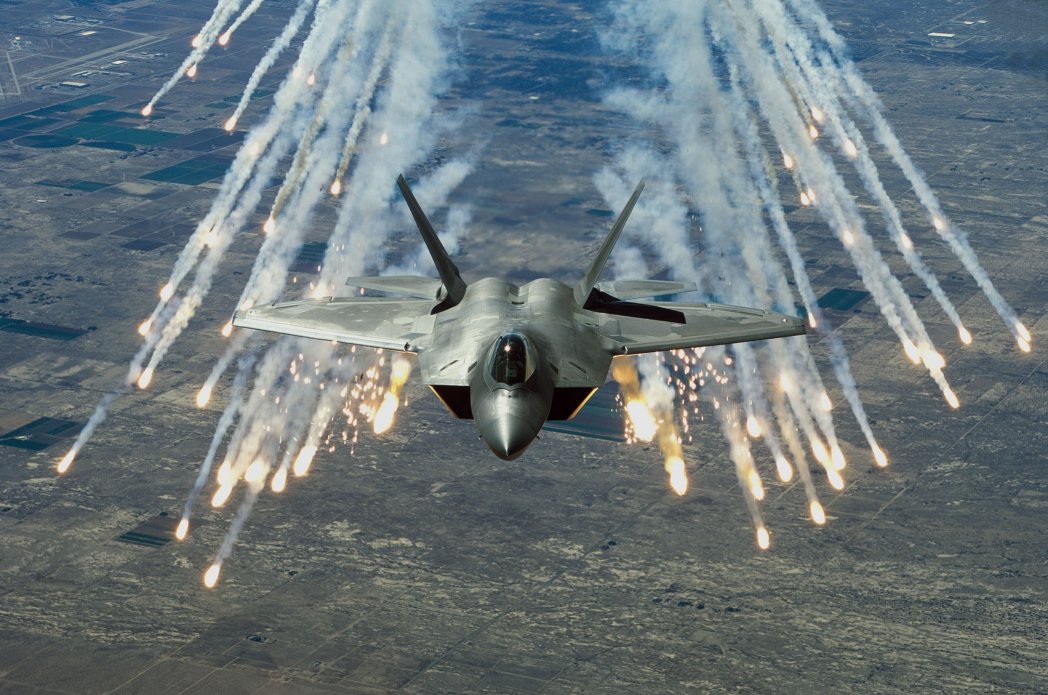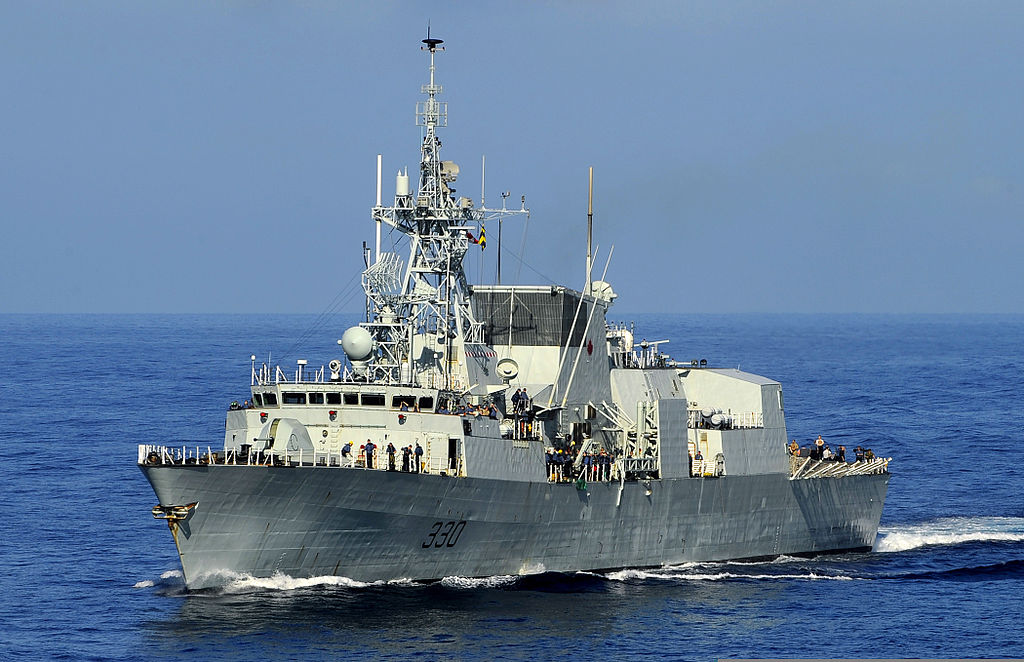As airstrikes against Islamic State (IS) targets in Syria and Iraq began last week, an interesting piece of news emerged. The United States Air Force reported that an F-22 Raptor had successfully struck an IS “command and control”facility in northern Syria on its first ever combat mission. What makes the F-22’s successful mission so noteworthy is that it is the world’s first fully operational fifth generation aircraft, and it is supposed to usher in a new era of advanced fighters to dominate the skies.
Aside from the already operational F-22, there are four fifth generation aircraft currently in development: the F-35, the Russian Sukhoi PAK FA, and two Chinese fighters: the J-20 and J-31. All are multirole fighters; the F-22 and J-20 are designed primarily for air superiority, while the F-35 and J-31 are primarily fighter bombers, and the PAK FA is somewhere in between. They are also the culmination of decades of research and development and billions of dollars of defence spending.

“Fifth generation”is a type of aircraft classification used to distinguish more technologically advanced and stealthy fighters from their older, less stealthy counterparts (called “fourth generation”aircraft). Fifth generation aircraft are designed with a host of features that make them superior to fourth generation aircraft like the F-15 and F-16. One is stealth capabilities, including stealth coatings and low probability of intercept radar, which allow these fighters to penetrate advanced air defence systems and successfully engage the enemy while reducing the chances of being detected.
Another is advanced avionics. Active Electronically Scanned Array radars, that send out radar beams at multiple frequencies and is difficult to jam, represent a significant leap forward in airborne radar technology and are to be the norm on fifth generation aircraft. The final major feature is “data fusion”, which integrates data from the aircraft’s avionics with data from the military network (like satellites and surveillance drones) on one screen to give the pilot an unprecedented level of situational awareness. Despite these advantages, doubts have begun to surface about the viability of these aircraft.
One of the main issues regarding fifth generation aircraft is procuring them. Designing, testing, and building such sophisticated aircraft is a long and very expensive process. The F-22 program has cost the United States approximately $67 billion USD (with each F-22 costing approximately $186 million USD) and has been plagued by pilot oxygen supply issues. The F-35 has been mired in development torment, as cost overruns (the Joint Strike Fighter program is expected to cost $1 trillion USD) and doubts about the planes’capabilities have led to cancelled orders. The development of the PAK FA has also been marred by controversy. The Indian Air Force (which a joint partner in the PAK FA program) is reportedly unhappy with several features of the plane’s design and Russia’s unwillingness to share information. China’s J-20 has seen its fair share of issues too, as it has been plagued by engine trouble. Maintenance is undoubtedly an issue as well. The F-22 has shown that stealth aircraft maintenance is labour-intensive and more costly than expected, which does not bode well for the chequebooks of the Chinese and Russian air forces.
The questions surrounding fifth generation fighter programs are not based solely on cost, but on the changing nature of aerial warfare. The emergence of unmanned aerial vehicles (UAVs) and developments in surface-to-air missile (SAM) technology have raised doubts about the utility of fifth generation fighters. UAV technology has matured to the point where the deployment of a UAV with the ability to carry out a mission autonomously is feasible within the next decade, prompting debate on the future utility of manned aircraft.

Rapidly advancing SAM technology also poses a major threat. Currently, only the most advanced American and Russian SAM technology is capable of defeating the stealth technologies used by the upcoming fifth generation aircraft but this capability is likely to proliferate as the SAM systems become cheaper to produce. There are rumours that Russia has agreed to sell the S-400, its most advanced SAM system (that can reportedly defeat stealth technologies), to China. This will in all likelihood render the advantages given to the fifth generation aircraft by their stealthiness ineffective relatively soon.
This leads to the underlying question regarding fifth generation aircraft: are they worth it? With development programs lasting decades and costing billions of dollars, only the world’s biggest defence spenders can afford them (and even then sometimes they cannot). In combination with the fact that the technology needed to defeat them is fast becoming cheaper and more widely accessible, the claims of the cost being too high are becoming more and more justified.




